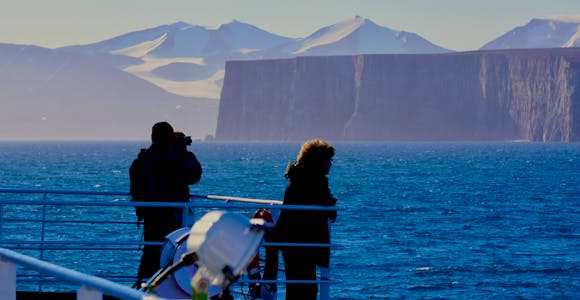
When to visit the Northwest Passage
There’s very good reason why the Northwest Passage is only open to visitors from July to September: it's the only time average temperatures are above freezing, and the ice has …
Discover MoreSpecial Offers Available: Swoop has access to the widest range of offers and can help you find the right trip, cabin, & price.
Expert impartial advice at no extra cost: no-nonsense advice on 500 voyages across 25 ships
The Arctic Experts. No Compromises: there’s no question we can’t answer
The only B Corp certified Arctic specialist: so your adventures can be a force for good
A full concierge service, unlike booking direct: we leave nothing to chance in delivering your perfect trip

This labyrinthine waterway was long sought by early adventurers as a sea route linking the Northern Atlantic and Pacific Oceans. Canada's Arctic archipelago is therefore no stranger to ship-based exploration. Whether undertaking a partial or full transit, travelling these waters in the footsteps of Franklin, Peary and Amundsen is highly evocative.
Special Offers:Swoop has access to the widest range of offers and can help you find the right trip, cabin, & price.
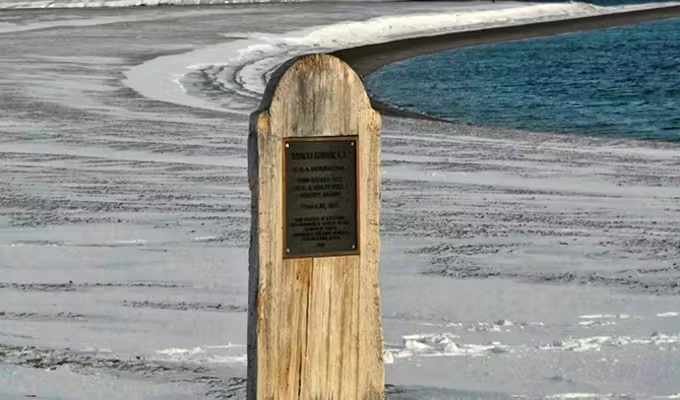
The big ice and small towns of West Greenland provide a stunning start to this trip before you sail across the Davis Straight to Baffin Island and enter the Northwest Passage. Blend history, scenery and wildlife; pay your respects at…
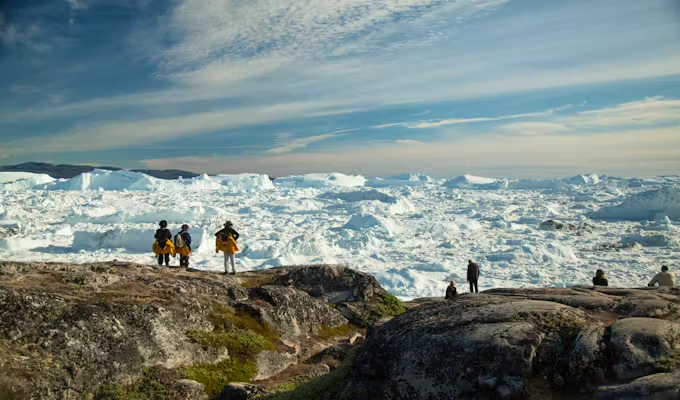
Spending time exploring Canada’s historic Northwest Passage and West Greenland, we like this voyage’s balance and variety as much as exploring little visited spots such as Thule, one of the northernmost towns in the world, and Smith Sound. Big ice,…

Only in 1956 did a ship complete an east to west transit of the Northwest Passage. The smoking cliffs of Cape Bathurst mark your entrance to an icy realm of wild beauty, staggering wildlife, culture and history. Explore the Passage…
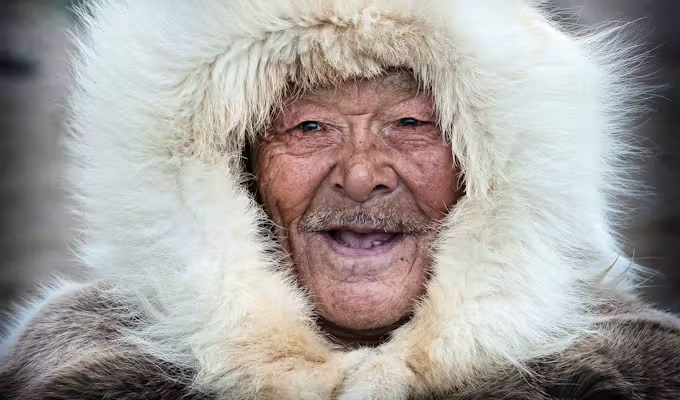
Traversing west to east this voyage takes you to iconic sites such as Cambridge Bay, Lancaster and Smith Sounds and Ellesmere Island, before exploring the fjords and towns of West Greenland. Bears, narwhal, musk ox, beluga and northern lights are…

Embark on one of the world’s most iconic journeys – a full transit through the fabled Northwest Passage from Greenland to Alaska, following in the footsteps of the intrepid early explorers. What makes this particular voyage even more special is…
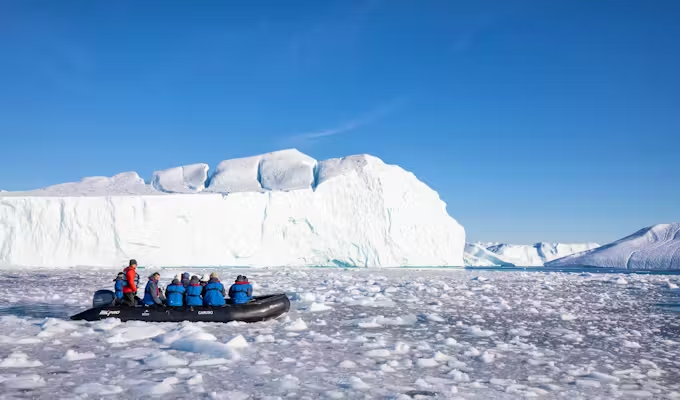
Beginning in Cambridge Bay, this westbound-arching route encapsulates the best that the Northwest Passage and West Greenland have to offer. Thread your way through the icy labyrinth of staggering landscapes, dramatic history, remote Inuit settlements and charismatic Arctic wildlife, with…
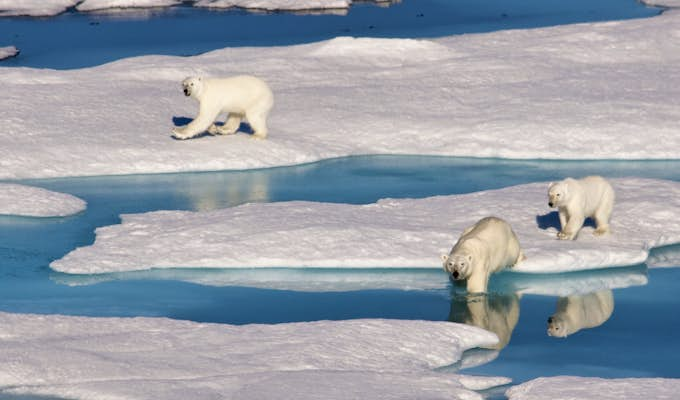
In the labyrinthine icy channels of the legendary Northwest Passage, explore the islands and channels that form Canada’s High Arctic region. Meet local indigenous people, encounter enigmatic Arctic wildlife – including walruses, beluga whales, polar bears, musk oxen and the elusive…
From the start of planning our trip to the end all the Swoop staff were amazing, keeping us updated and providing a wealth of information. Special shout out to Carola Zorzoli, she was terrific. This was our second trip with ya all this year. Read the full review
Travelled: July 2024
James Bachrach - USA
10/10. Great guides, great ship and crew. Read the full review
Travelled: July 2024
Angus McCallum - UK
10/10 - Excellent food, cabin was nicely appointed and the crew members were friendly and helpful. Read the full review
Travelled: June 2024
Joanne Avery - USA
This is my second booking with Swoop and I had another lovely experience. Cassia and Carola took great care of me and made sure I had all the information and documentation I needed for my expedition. Great service, knowledgable and helpful staff, and an overall wonderful experience with Swoop. Read the full review
Travelled: June 2024
Mariah Eisman - USA
The expedition team were very knowledgeable and entertaining Read the full review
Travelled: June 2022
Richard Winter - UK
Great ship and fabulous, fun loving, but extremely well organised team. Read the full review
Travelled: June 2022
Helen Starkie Camejo - UK
Faultless service, as always in our experience. We knew the ship and even the cabin beforehand, but great to have Swoop’s help in setting it up and talking us through the options for the choice of voyage and extras. Read the full review
Travelled: July 2018
Steve & Tina O'Shea - United Kingdom
The travel team was wonderful - very quick responding to all emails we sent. Loli was fabulous!!!! Read the full review
Travelled: June 2018
Leslie & Nancy Steenbeke - United States Of America
The Northwest Passage is a sea route connecting the North Atlantic and Pacific Oceans via waterways through the islands of the Canadian Arctic Archipelago. For centuries explorers sought the existence of a navigable passage. However, it wasn’t until the period of 1903–1906 when the Norwegian, Roald Amundsen, proved it with the first successful transit.
For many people, the history of this region is enough to entice them here. That might be to follow in the footsteps of Franklin by visiting Beechey Island or to explore the remains of sod houses left by Inuit families.

An endless sunset in the Northwest Passage
This part of the Canadian Arctic has a thriving wildlife population and is home to all of the 'Arctic Big Five': polar bears, beluga, musk ox, walrus and narwhal. Wildlife spotting will be an integral part of your trip through the Northwest Passage and a good sighting can change the plan for the day.
As the ice recedes in summer and the channels open up, whales, seals and walrus follow rich lines of food. Add the wealth of birdlife throughout the region, and there is always something to spot from the bridge or deck of the ship.
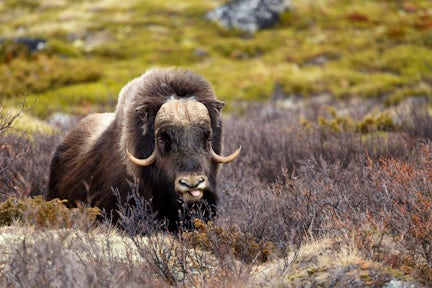
Muskoxen on the Greenlandic tundra
For many the best part of any Northwest Passage voyage are the daily landings off the ship, accompanied by your knowledgeable expedition staff: walking the tundra, observing wildlife from a zodiac, learning about life on the edge of the habitable world during community visits. This is your opportunity to really get under the skin of the region and experience it firsthand.
Well-known sites like Beechey Island, Victory Point, Crocker Bay, Fort Ross and Dundas Harbour all have their fascinating stories to tell.

Visiting historic Dundas Harbour
You will also have the chance to explore some of the communities who call this remote corner of the globe home. Pond Inlet is one of the most widely heard of communities and quite often features on some voyage routes, as does Gjoa Haven further south, where Amundsen over-wintered during his epic pioneering full transit of the passage.
These landings are a privileged opportunity to meet the welcoming locals and learn about their unique culture and some of the challenges of living in this extreme environment.

The search for the Northwest Passage is one of the greatest stories in the annals of exploration, capturing the imagination for generations. This watery labyrinth is incredibly rich in wildlife and Inuit culture.

There’s very good reason why the Northwest Passage is only open to visitors from July to September: it's the only time average temperatures are above freezing, and the ice has …
Discover More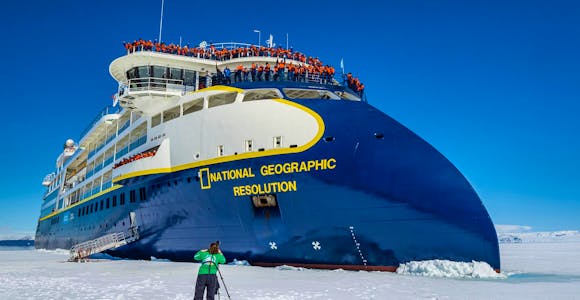
Sailing on an expedition ship gives you unparalleled access to the remote coastlines, icy channels and colourful, scattered communities of the Northwest Passage. Whether …
Discover More
The Northwest Passage may well be known by it's dramatic history; but it's waterways and islands are also home to all of the 'Arctic Big Five'. You'll have the chance to see polar …
Discover More
Exploring the Arctic on board an expedition vessel is a fully immersive and educational experience of which the daily landings are a key component. From the thrill of encountering …
Discover MoreThese shorter voyages (16–17 days) undertake a partial transit, cherry-picking the key areas of the western part of the Northwest Passage, around Lancaster Sound, though some explore further south. Fully immersive and well suited to anyone not wanting to commit to a much longer full transit.
Special Offers:Swoop has access to the widest range of offers and can help you find the right trip, cabin, & price.
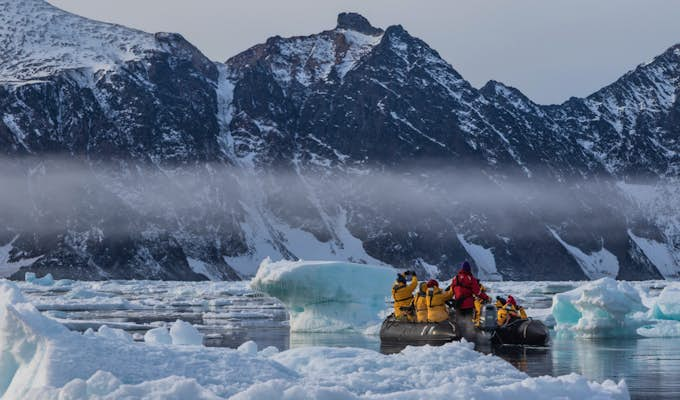
This comprehensive westbound voyage stands out for its compelling combination of West Greenland, the east coast of Baffin Island and the historic Northwest Passage. Jaw-dropping scenery, towering icebergs, thrilling wildlife encounters, Inuit community visits and fascinating history pervade this epic…

Spending time exploring Canada’s historic Northwest Passage and West Greenland, we like this voyage’s balance and variety as much as exploring little visited spots such as Thule, one of the northernmost towns in the world, and Smith Sound. Big ice,…
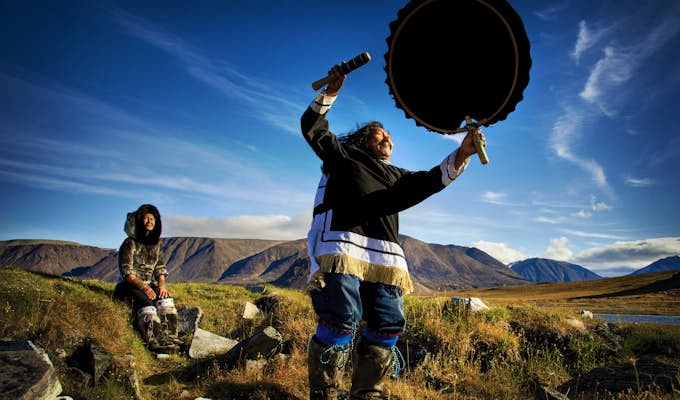
Visits to Canadian and Greenlandic communities Inuit history and culture are at the core of this journey, among those stops both Kinngait, the centre of Inuit Art and Nuuk, Greenland's capital are included. There's plenty of wildlife opportunities too with…

Beginning in Cambridge Bay, this westbound-arching route encapsulates the best that the Northwest Passage and West Greenland have to offer. Thread your way through the icy labyrinth of staggering landscapes, dramatic history, remote Inuit settlements and charismatic Arctic wildlife, with…

In the labyrinthine icy channels of the legendary Northwest Passage, explore the islands and channels that form Canada’s High Arctic region. Meet local indigenous people, encounter enigmatic Arctic wildlife – including walruses, beluga whales, polar bears, musk oxen and the elusive…

The big ice and small towns of West Greenland provide a stunning start to this trip before you sail across the Davis Straight to Baffin Island and enter the Northwest Passage. Blend history, scenery and wildlife; pay your respects at…
For those travellers wanting to undertake an epic, full Northwest Passage transit, from Baffin Bay to the Pacific Ocean, these longer voyages (23–29 days) offer a good choice, depending on the style and size of ship you prefer.
Special Offers:Swoop has access to the widest range of offers and can help you find the right trip, cabin, & price.

Embark on one of the world’s most iconic journeys – a full transit through the fabled Northwest Passage from Greenland to Alaska, following in the footsteps of the intrepid early explorers. What makes this particular voyage even more special is…
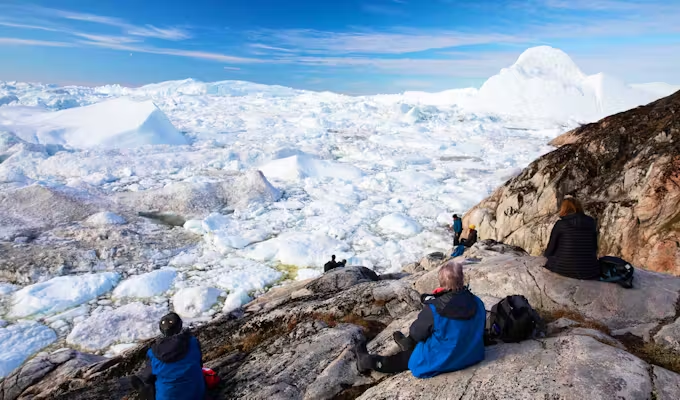
A full transit of the Northwest Passage is a truly epic undertaking, travelling in the footsteps of legendary explorers Amundsen, Franklin and Larsen. This voyage is distinguished by the small, nimble and comfortably appointed expedition ship you'll travel on, with…

Bears on the sea ice, Lancaster Sound
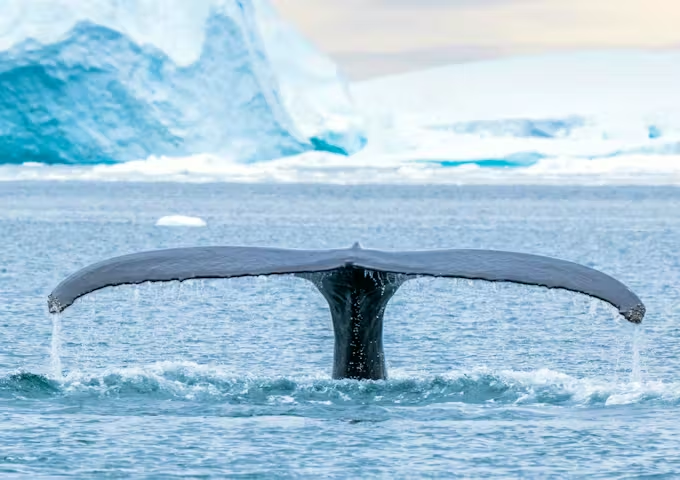
Whale fluke
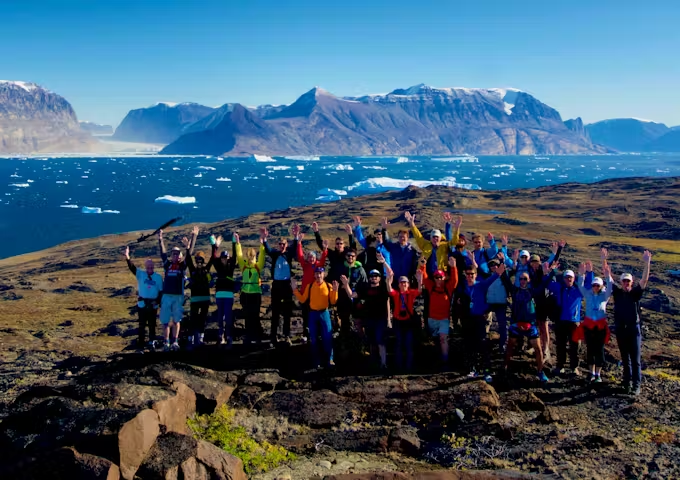
Trekkers near Crocker Bay
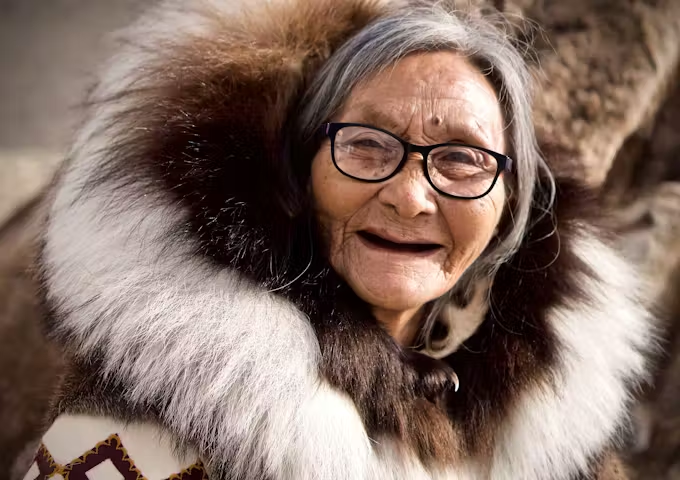
A resident of Gjoa Haven
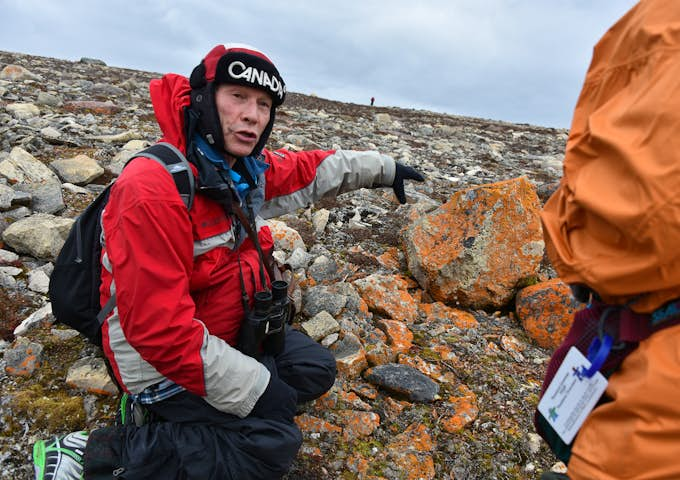
Specialist guides explain archaeological remains
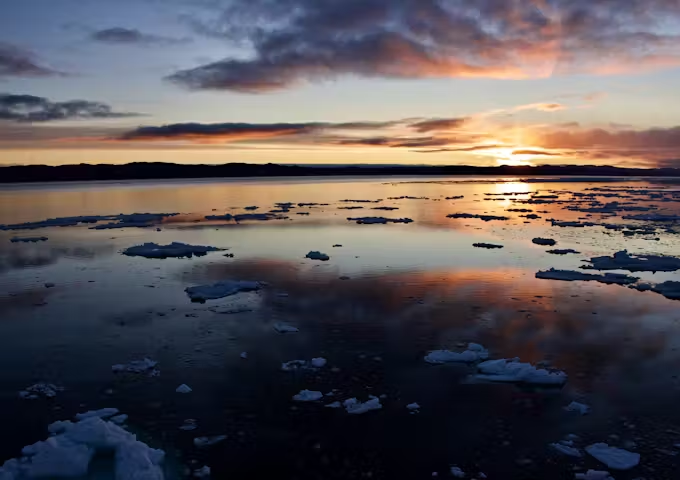
Evening light in the Northwest Passage


Trekkers on Karrat island









Zodiac cruising among the ice

Beechey Island
We'll spend some time listening to your aspirations, then discuss the kind of experience that might suit you.
Next we'll discuss the options, shortlist the best trips for you and present you our impartial recommendations.
We'll place a 24 hour hold on your preferred option - without obligation - whilst we talk through the details.
This website uses cookies to ensure you get the best experience on our website. Privacy policy
We don’t charge a commission and there are no hidden fees. Just impartial, expert advice from the leading Polar cruise agent. Schedule a call with our Arctic Experts today.